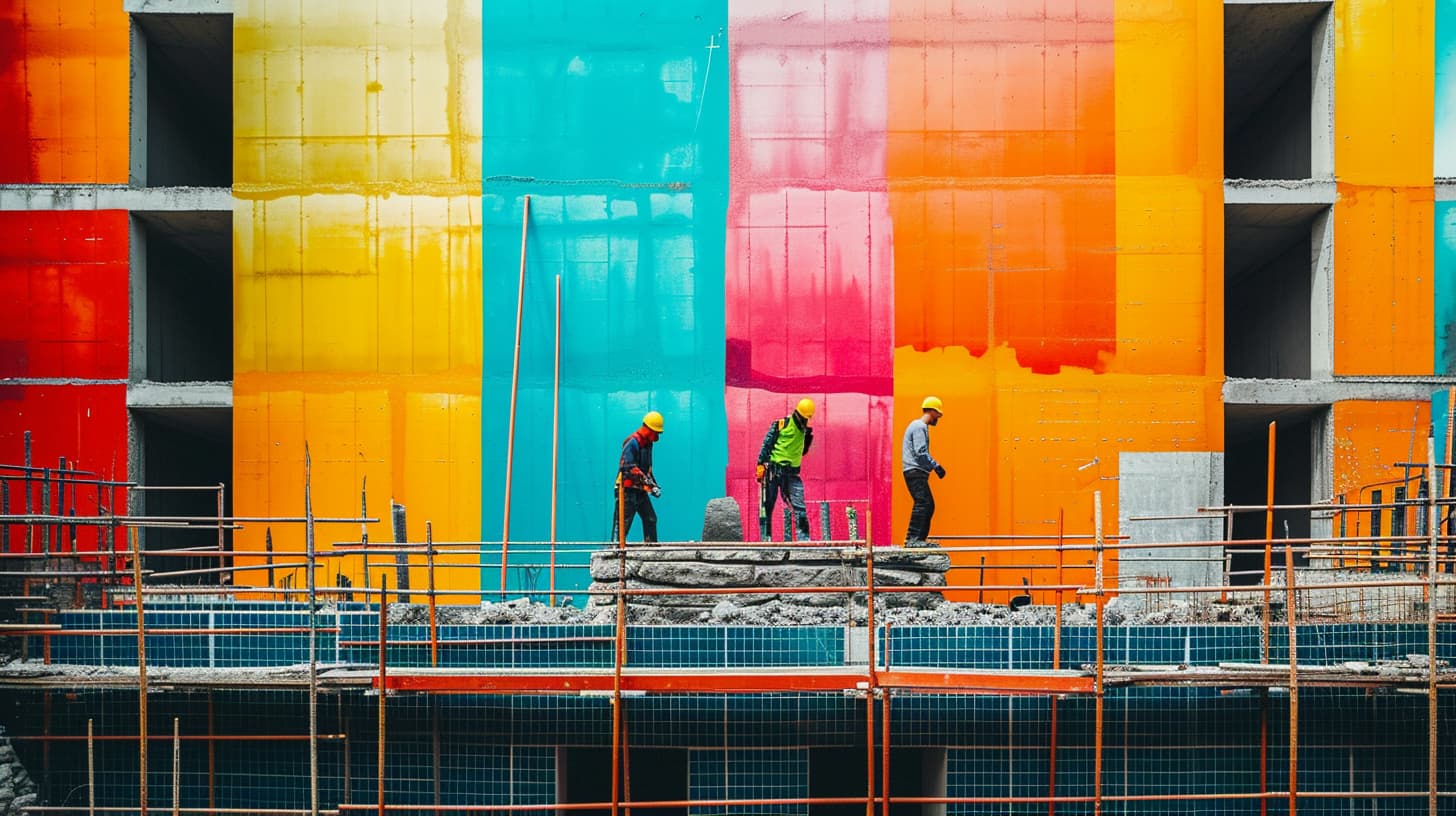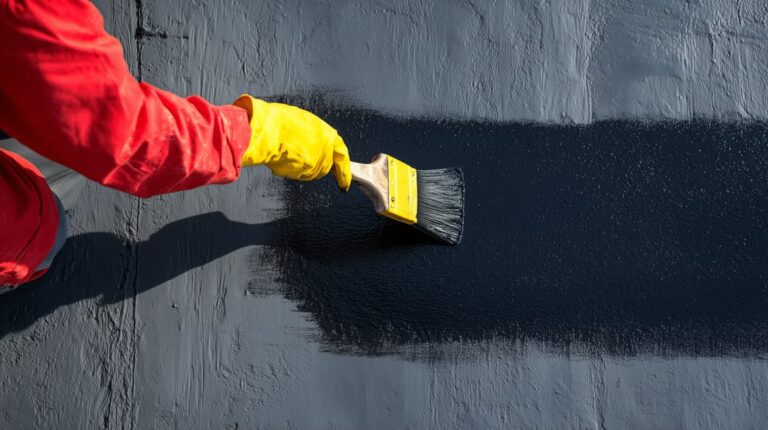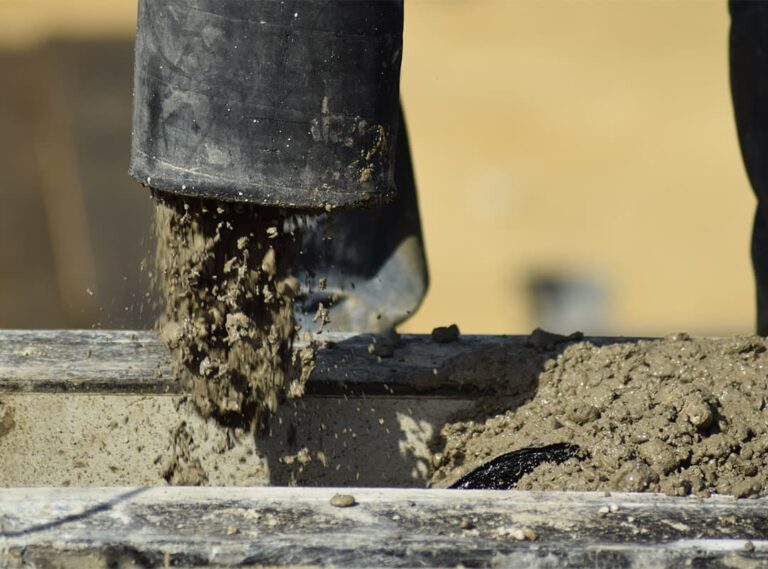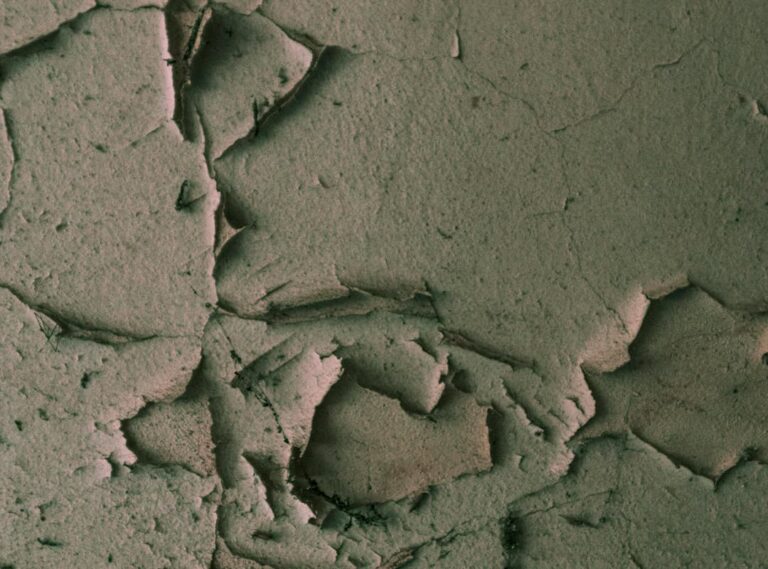Concrete, known for its strength and durability, is a versatile material widely used in construction. While its functional properties are essential, aesthetics also play a significant role in the appeal of concrete structures. Concrete coloring and staining techniques offer creative ways to enhance the visual appeal of concrete, transforming drab surfaces into stunning architectural features. In this article, we explore the art and science of concrete coloring and staining, highlighting the techniques and options available to add aesthetic appeal to your projects.
The Importance of Aesthetics in Concrete Design
In today’s architectural landscape, aesthetics are as important as structural integrity when it comes to concrete design. Whether used in residential, commercial, or public spaces, concrete structures serve as more than just functional elements—they are also visual focal points that contribute to the overall ambiance and aesthetics of a space. Concrete coloring and staining offer designers and architects the freedom to customize concrete surfaces, adding depth, dimension, and character to their projects.
Understanding Concrete Coloring
Concrete coloring involves adding pigments or dyes to the concrete mixture before it is poured and cured. These coloring agents can be in the form of powdered pigments, liquid dyes, or integral color additives. Integral color additives are mixed directly into the concrete mix, resulting in uniform coloration throughout the entire slab. Powdered pigments or liquid dyes, on the other hand, are applied to the surface of freshly poured concrete and worked into the top layer to create decorative effects.
Options for Concrete Coloring
- Integral Color: Integral color additives are available in a wide range of colors and shades, allowing designers to achieve precise color matching and consistency. These additives are UV-stable and fade-resistant, ensuring long-lasting color vibrancy even in outdoor applications.
- Surface Stains: Acid stains and water-based stains are commonly used for surface coloring of concrete. Acid stains penetrate the concrete surface, reacting with the minerals in the concrete to produce variegated colors and mottled effects. Water-based stains offer more control over color intensity and can be used to create custom patterns and designs.
- Dyes and Pigments: Liquid dyes and powdered pigments provide versatility in concrete coloring, allowing for the creation of vibrant colors, subtle hues, and artistic effects. These coloring agents can be mixed and layered to achieve custom shades and textures, offering endless possibilities for creative expression.
Enhancing Concrete with Staining Techniques
Concrete staining involves applying chemical solutions to the surface of cured concrete to alter its color and appearance. Staining techniques can be used to create natural-looking finishes that mimic the appearance of stone, marble, wood, or other materials. Staining can also be used to highlight texture, add depth, and create visual interest on concrete surfaces.
Types of Concrete Stains
- Acid Stains: Acid stains, typically made with hydrochloric acid and metallic salts, react with the minerals in the concrete to produce unique, translucent colors and patterns. Acid stains create a mottled, variegated appearance that adds depth and richness to concrete surfaces.
- Water-Based Stains: Water-based stains offer a wider range of color options and greater control over color intensity compared to acid stains. These stains penetrate the concrete surface and can be layered or blended to achieve custom colors and effects. Water-based stains are also more environmentally friendly and easier to work with than acid stains.
- Dye Stains: Dye stains are highly pigmented solutions that penetrate the concrete surface to produce vibrant, uniform colors. Dye stains offer excellent color consistency and can be used to create bold, eye-catching designs on concrete floors, countertops, and other surfaces.
Application Techniques for Concrete Staining
Concrete staining can be applied using various techniques, depending on the desired effect and the condition of the concrete surface. Common application methods include:
- Spraying: Spraying is a versatile application method that allows for even distribution of stain over large areas. Spraying can be used to create uniform color coverage or to achieve gradient effects by varying the spray intensity.
- Brushing: Brushing involves applying stain to the concrete surface using a brush or roller. This technique allows for greater control over color placement and intensity, making it ideal for creating custom designs and patterns.
- Sponging: Sponging is a decorative technique that involves dabbing or stippling stain onto the concrete surface using a sponge or rag. Sponging creates textured, mottled effects that mimic the appearance of natural stone or marble.
Conclusion
Concrete coloring and staining offer endless possibilities for adding aesthetic appeal to construction projects of all types and scales. Whether used to create vibrant accent colors, subtle tonal variations, or realistic imitations of natural materials, coloring and staining techniques allow designers and architects to unleash their creativity and elevate the visual impact of concrete surfaces. By understanding the options and techniques available for concrete coloring and staining, construction professionals can create stunning, customized finishes that enhance the beauty and functionality of their projects.








